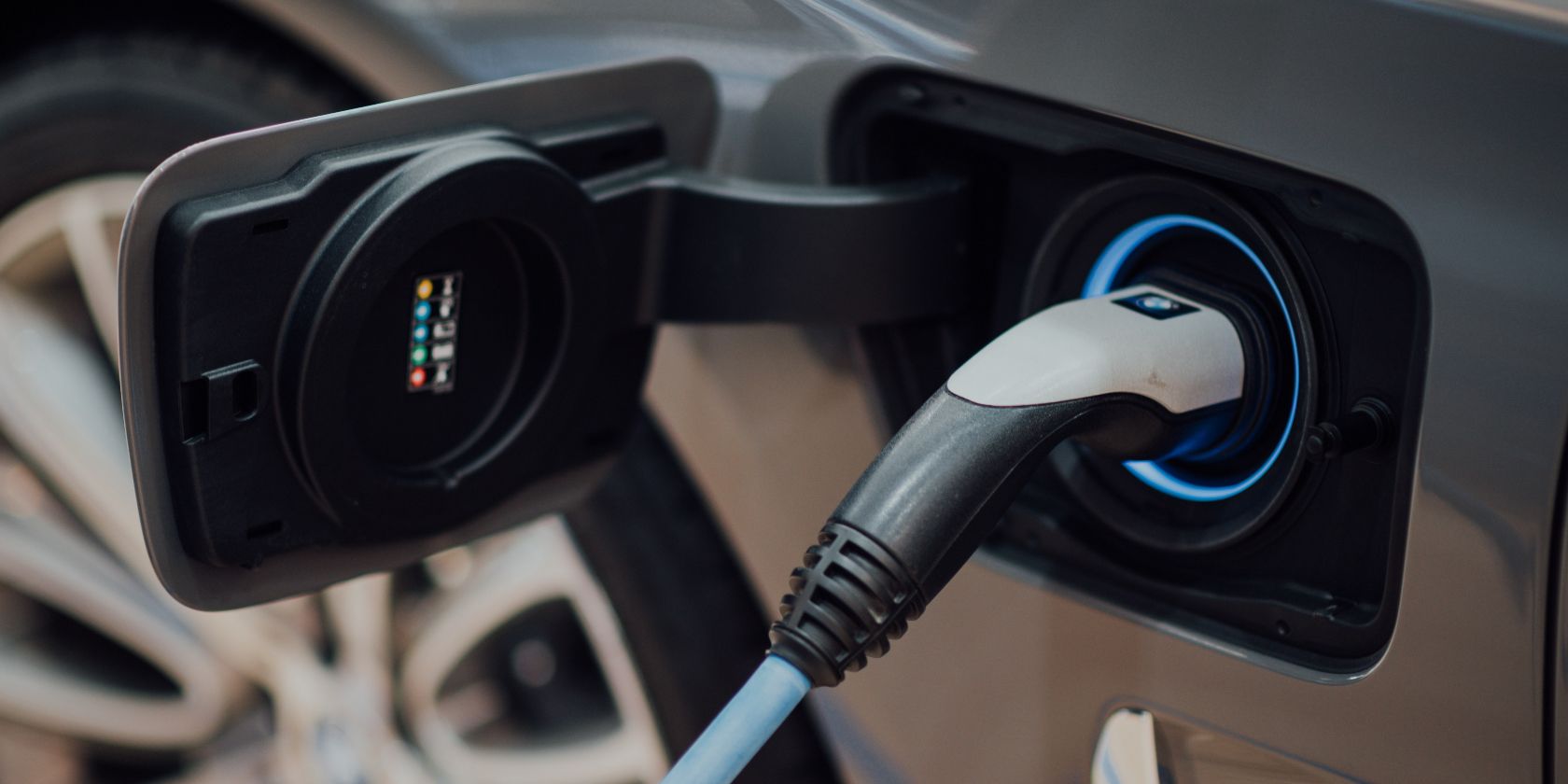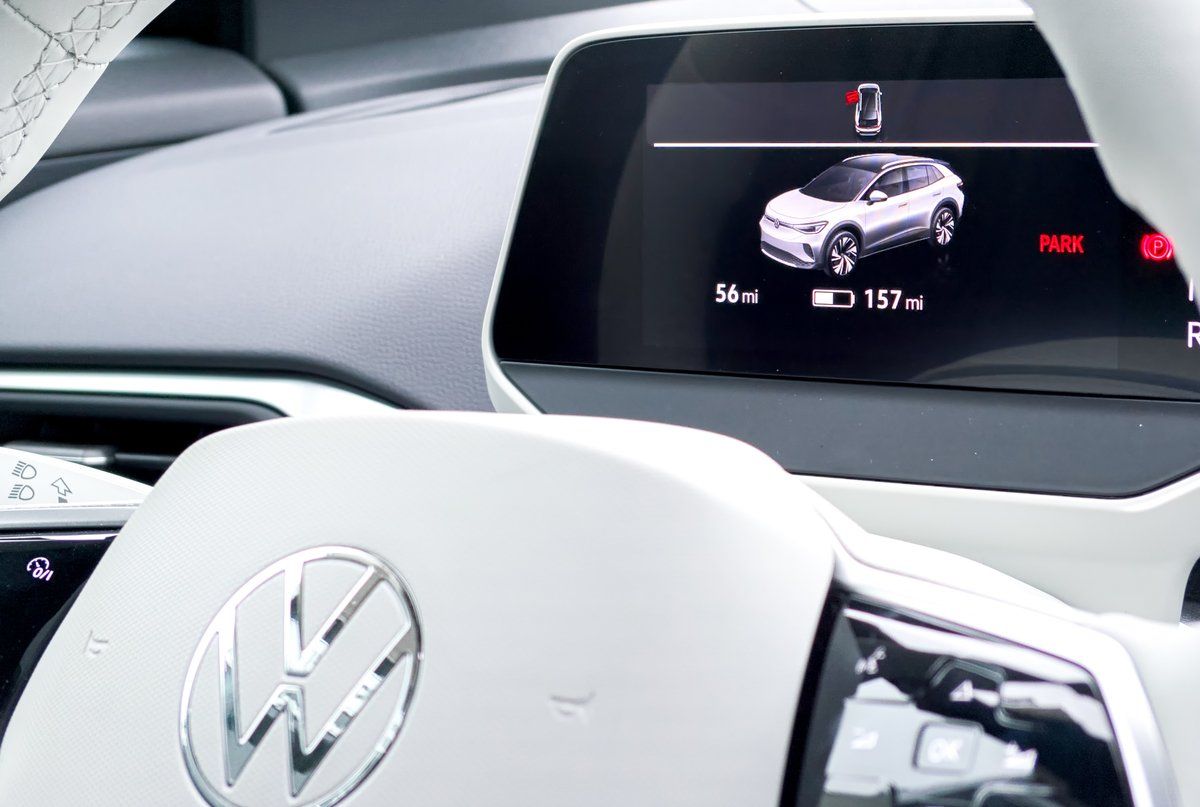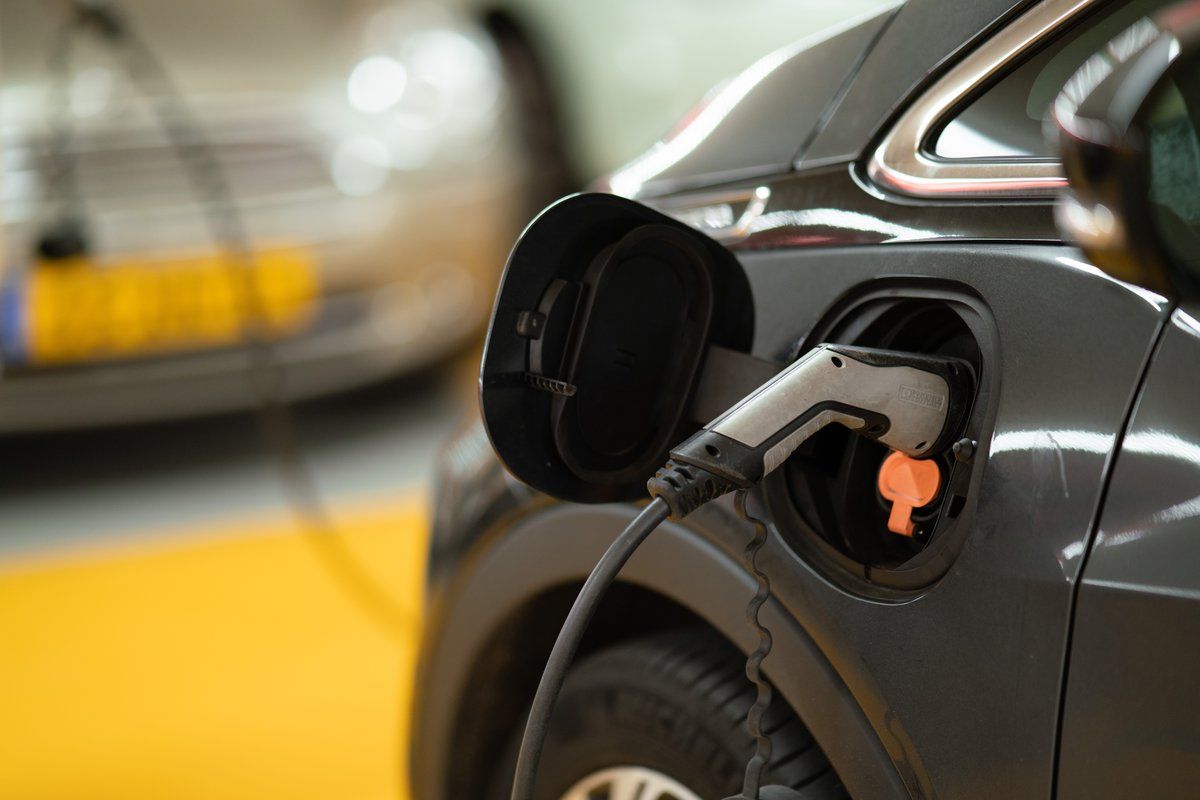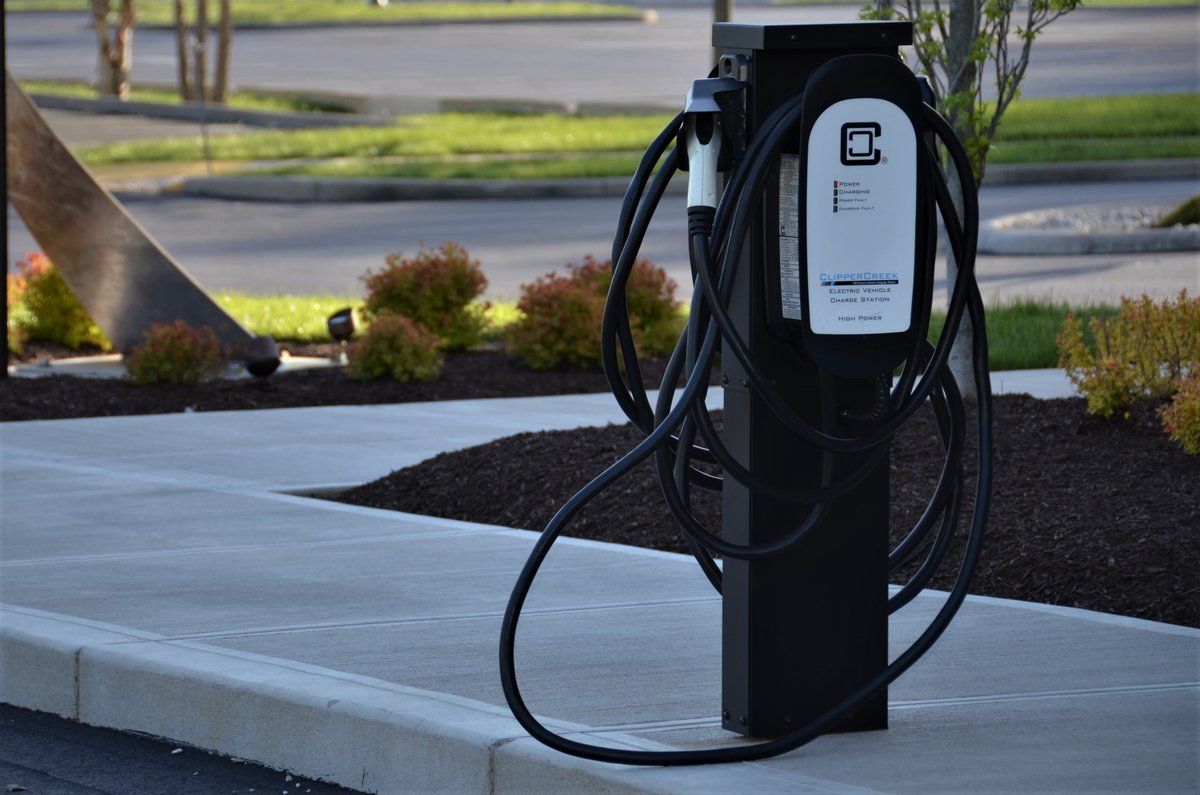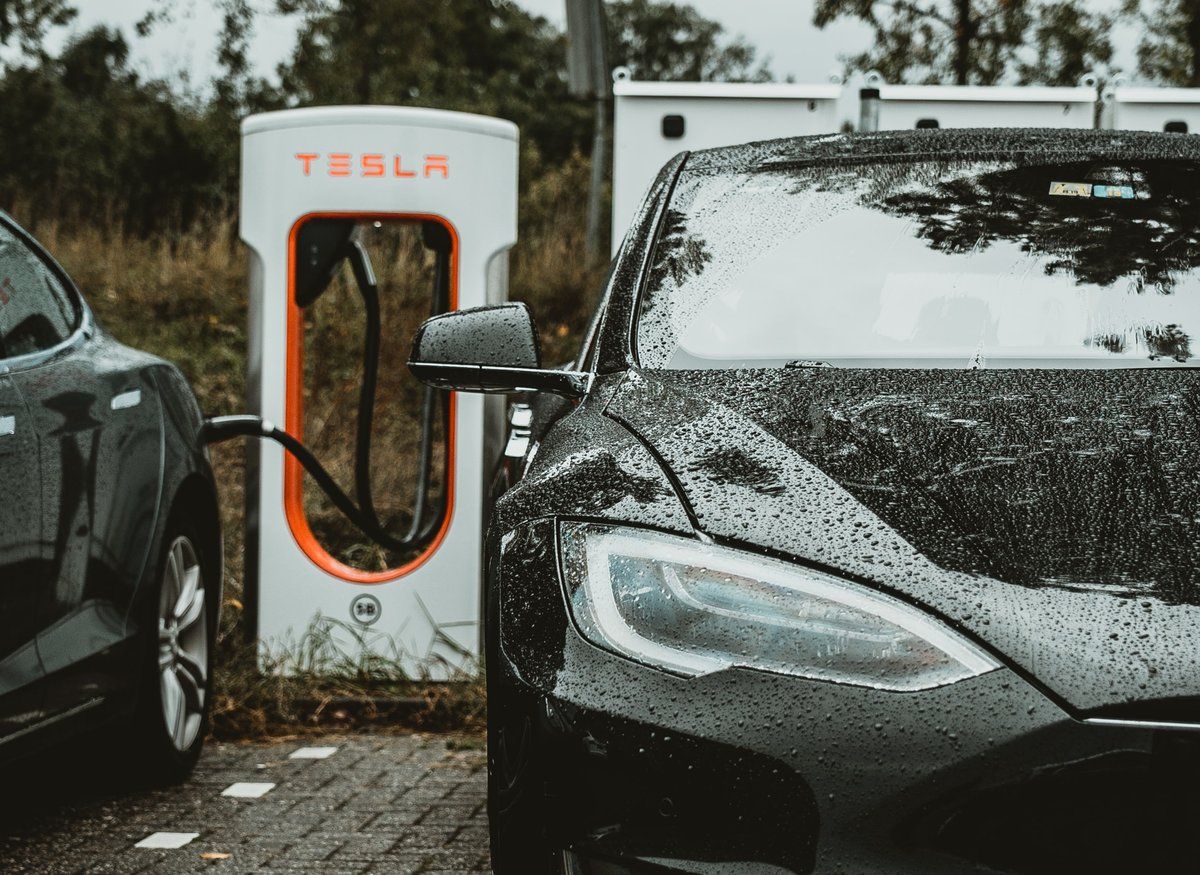Charging an electric vehicle (EV) is not as simple to understand as filling a tank with gas and stopping when it's full. When you transition to an EV for the first time, there's a lot to learn about how to keep your vehicle charged, how long that will take, and how far you will go.
In this article, you'll discover everything you need to know about EV charging speeds.
Battery Size and Range
When you purchase an electric vehicle, or first start to watch reviews, you will see an emphasis placed on range. This is a useful number, but it's also amorphous and unreliable. A car's estimated range is just that, an estimate. If you drive slowly in an urban environment, you will get much farther range than if you drive at highway speeds. On the highway, you will notice a difference whether you ride the fast or the slow lane.
The estimated range the Environmental Protection Agency (EPA) in the United States gives a vehicle can also vary wildly from the Worldwide Light Vehicle Test Procedures (WLTP) estimated range used throughout much of the world. So it helps to know how to estimate the range yourself.
To get an idea how far an EV can go, you need to know the size of the battery. More importantly, you need to know the amount that's allocated for use. All EVs come with a buffer. For example, your vehicle may have a 82kilowatt (kw) battery, but just 77 of these are usable.
Once you know your vehicle's size, then take a look at the estimated miles or kilometers per kilowatt hour. Unfortunately, this number isn't always as easy to find as miles per gallon or kilometers per liter if you haven't already purchased a vehicle. If you do own one, your EV likely displays this information somewhere in the infotainment system.
So, let's say you average 3.5 miles per kWh. Multiply that number by the usable size of your battery, and you have an estimated range. For an ID4 owner, this number comes out to a range of 269.5 miles. This number is still an estimate, but it gives you an idea how the range number is calculated. Just remember that your miles per kWh changes based on how quickly you're driving and weather conditions.
Charging Speeds
Unlike gas, electricity doesn't pour into your car's battery at a single, predictable speed. How much of a charge you get, and how quickly, depends on what method of charging you're doing. Charging falls into three categories.
Level 1 Charging
Your electric vehicle comes with with a charging cable that you can plug directly into any regular wall outlet. This is level 1 charging, and it's the slowest way to charge your vehicle.
Level 1 charging refers to charging at 120V, which is typically limited to 12A in the US. This charging speed generally provides 1.44kW. So if your car has a 40kWh battery, then you're looking at charging your vehicle from empty in just under 28 hours.
Keep in mind that most of the time you probably won't be charging your vehicle from empty. With a 40kWh battery, you could recharge roughly half of your battery by charging overnight.
For some people, this is enough. If you have a short commute and live close to family, friends, and stores, then you could possibly get by with level 1 charging. But even if you can, you may still eventually grow tired of plugging the charging cable out of your car every time you get home.
Level 2 Charging
Level 2 charging bumps the voltage up to 240V. With the right charging cable, and the right home layout, this is the kind of power you would draw by plugging your car into the power outlet a dryer uses rather than a typical wall outlet.
For most people, the more practical way to charge at this speed is to install a charging station. These mount outside your home or in the garage and provide a significantly faster way to pump power into your vehicle.
Level 2 charging stations cover a wide range that can extend from 15A up to 80A, or a max of 19.2kW. Most often, you will probably encounter a station providing 7.2kW.
At this speed, your vehicle with a 40kWh battery would now take five and a half hours to charge from empty to full. That means you can drive all over town in the morning, charge the vehicle up throughout the afternoon, and go for a road trip out of town in the evening.
Level 2 charging stations are not limited to your home. You may also find them at hotels, grocery stores, restaurants, libraries, parks, and other attractions. These chargers are ideal for locations you already plan on visiting, so you aren't sitting around waiting for your car to charge.
DC Fast Charging
DC fast charging refers to high-powered charging stations that supply your vehicle's battery with direct DC current, bypassing the on-board AC charging equipment.
The output varies wildly depending both the capacity of your charging station and the limitations of your car. Some chargers can output up to 350kW, but your vehicle may only be able to take in 50kW.
In contrast to level 1 and level 2 charging, DC fast charging isn't linear. Your car may begin charging at 150kW, taper down to around 100kw when it's around 60% full, and be down to 70kW when nearing 80%. To understand this, think about people filling a movie theater. When the theater is empty, it's very easy for people to find a seat, with large groups able to take up an entire row at a time. When the theater is nearly full, people need to walk up and down the aisles looking to see where seats are still available.
It's advisable to fast charge your vehicle only to 80%, which is why most car makers advertise how quickly you can charge their vehicles back up to this number. Many can do this in under 30 minutes, recovering hundreds of miles.
If the above seems slow compared to filling up a tank of gas, keep in mind that we have reached a point where you can now fast charge a massive vehicle in the same amount of time it takes to charge a smartphone. And the times are still decreasing as new models arrive.
Charging Networks
With gas, you can pull up to any pump, swipe your card, and start pumping. Some level 2 public charging stations, such as the relatively common (in America) ClipperCreek chargers or Tesla destination chargers, are available free of charge. Many are part of a charging network.
Some charging networks only supply DC fast charging, such Tesla's Supercharger network and Electrify America. Others supply a mix of level 2 and DC fast chargers, such as ChargePoint and EVGo. In general, you must pay to use these networks.
With many of these networks, you will need to use a special app or have a dedicated RFID card to begin charging. For the time being, the safest bet for an EV owner going on a road trip is to have accounts with several of these networks already set up in advance, and to be sure to know where they are in advance.
Will EV Charging Points Ever Be as Common as Gas Stations?
Maybe; maybe not. Unlike with gas-powered vehicles, for people with off street parking, their home is likely their primary charging station. For people in this circumstance, they may charge their car at home over 90% of the time, only needing a public charger for the occasional road trip, with even that being less necessary as more friends and family members install charging stations at their homes as well.
Charging infrastructure will be denser and more common in urban areas out of necessity, for these are locations where charging at home will be less of an option for a higher number of residents. But if enough chargers appear in the locations where we work, eat, and shop, then there's less need for places akin to gas stations dedicated solely to refueling. Electric vehicles are different, and it helps to think about fueling them in a different way.

